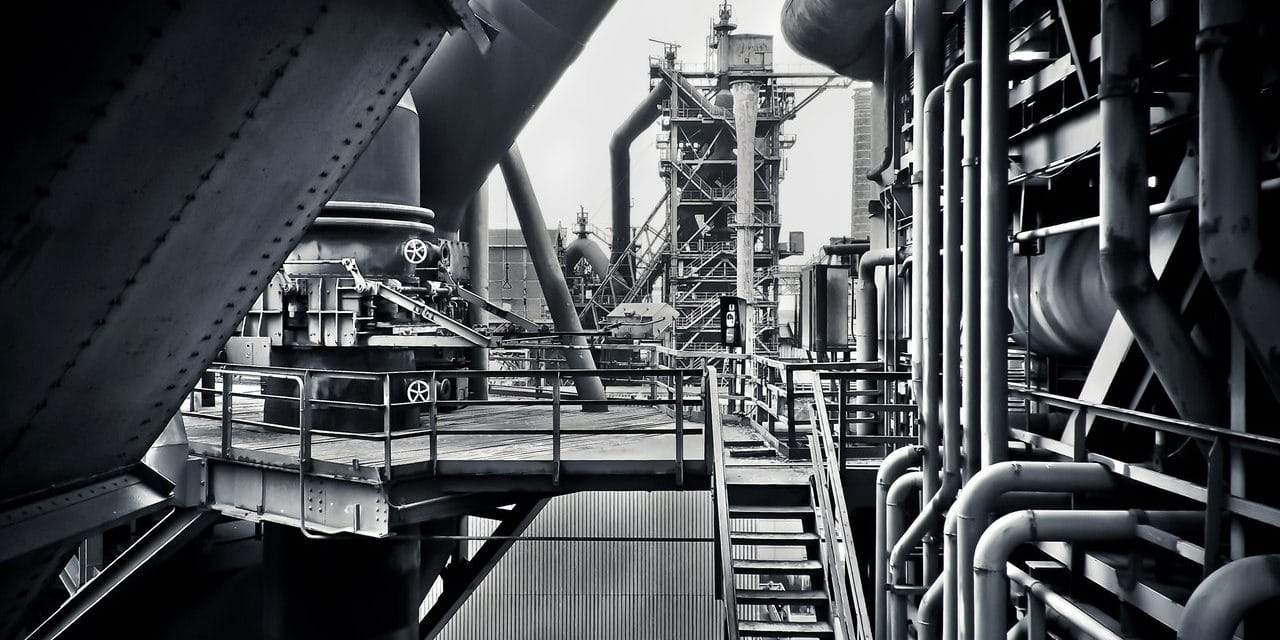While installing sewer pipe isn’t the most pleasant thing to think about, it’s a necessity of life. The installation process and method are virtually identical for all pipe types or other culvert materials.
Based on the material used, the process is easier or more complicated. It depends on if more equipment is needed, the location the pipe is being installed, and the amount of pipe required.
While this is true, the tips and steps found here can help with pipe installation. Keep reading to learn more about the proper process to use.
Determine the Proper Elevation
Step one involves elevation, which is something Varner Pipe can help with. It’s important to figure out how far the pipe has to go. Also, find the elevation of the pipe where it connects to a fixture or another pipe.
Another element is the final installation height. Measure the initial and final elevation from the connecting pipe’s interior point, right in the center. The best way to determine elevation is by using traditional surveying equipment, a GPS, or a laser level.
The Pipe Slope
After determining the required elevation and the length of pipe needed, the pitch or fall of the pipe is necessary. It requires a simple equation to determine this.
Subtract both elevations, then divide the pipe length (horizontal) into the difference in elevation. That number is the meters or pipe or drop per linear foot.
Use caution when figuring this out. Any drop over a quarter of an inch per foot isn’t adequate. That’s because water moves faster than solids. A slope that’s too small, less than 0.003 isn’t sufficient to carry solid material away.
Experts recommend a pitch of one-eighth of an inch to one-fourth of an inch per foot for a four-inch pipe. It’s important not to have too much of a slope. This could create other issues.
The Trench and the Bedding
Begin the installation process by opening the trench. Use proper safety measures while the trench is open to protect individuals outside and inside.
Remove all the loose dirt at the bottom of the trench, then grade the trench bottom. This allows the pipe to be installed on a smooth surface. Some situations require the use of bedding materials.
The bedding offers additional support for the sewer pipe. This helps to eliminate the possibility of sag after the trench is backfilled.
The ideal bedding material to use is sand. If this is unavailable, gravel bedding is acceptable. Don’t use any sharp stone or another material that could puncture the sewer pipe.
Laying the Pipe
After preparing the trench, it’s time to put the sewer pipe inside. Experts recommend beginning at the lower end of the pipe run and move up to the higher elevation levels.
If the sewer pipe has a bell end, place it on the pipe run’s uphill side. This helps to reduce the potential for leakage.
Remember, before applying any glue to the pipes, put purple PVC primer on the pipe’s surface. The purple PVC primer works to clean the surface of the PVC with special chemicals, ensuring the glue works properly.
Once in place, insert the male portion of the pipe into the female part. Ensure it is secure by twisting slightly.
It’s possible to ensure the pitch is followed properly by installing a string along the pipe run. Install the string at the same slope as the pipe, one foot over it. The measure from the string to the base of the trench should remain the same for the length of the run.
The Final Run
Usually, the final part of the run will only need a fraction of pipe. Have the additional fittings necessary to finish the installation process. Failure to have these parts on hand may lead to project and installation delays.
After installing the pipe, look for any issues. Problems to watch for include pipe that may become disconnected, broken, or that isn’t installed correctly.
After inspecting the pipe, place the gravel or sand over it. Add enough to cover a minimum of 10 inches over the sewer pipe.
Compact the material using a rammer or another type of compaction equipment that’s suitable for the pipe being used. Make sure to know the proper safety rules when using this equipment.
On longer pipe runs, the process needs to start after installing a portion of the pipe and while working with the next segment of pipe. Always install warning tape on the first layer of compacted soil. This ensures that others are aware that a pipe is present.
Finding the Right Help for Pipe Installation
Pipe installation is a finite process. It’s essential to follow the proper steps to ensure the pipe works properly. This is true for any pipe, regardless of what it is used for.
Sometimes, hiring help for pipe installation is necessary. Not all companies offering these services are created equal. This means it is necessary to research some local options.
Find out about the work done by the pipe installation service in the past and how many successful projects they have completed in the past. It’s also a good idea to ask for estimates from several service providers.
Try to choose the pipe installation service that offers the most value. The value doesn’t mean the lowest price. Sometimes it’s necessary to choose a higher price with a better guarantee of the services.
Finding the proper service provider helps ensure the job is a success. Keep this in mind when laying any pipe.
Getting it Right
Pipe installation isn’t always easy. The job the pipe must do and where it’s being installed affects the complexity of the installation process.
To have the best chance of a successful installation, use the steps here. Using the services of a professional is also beneficial., a single loose joint or another issue can lead to serious problems with the integrity of the pipe installed.





